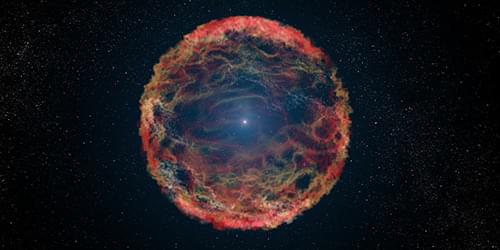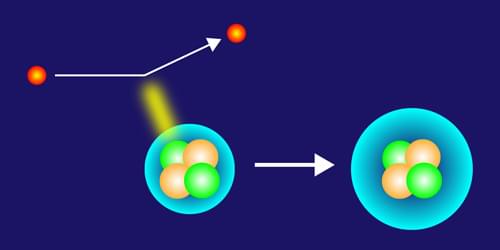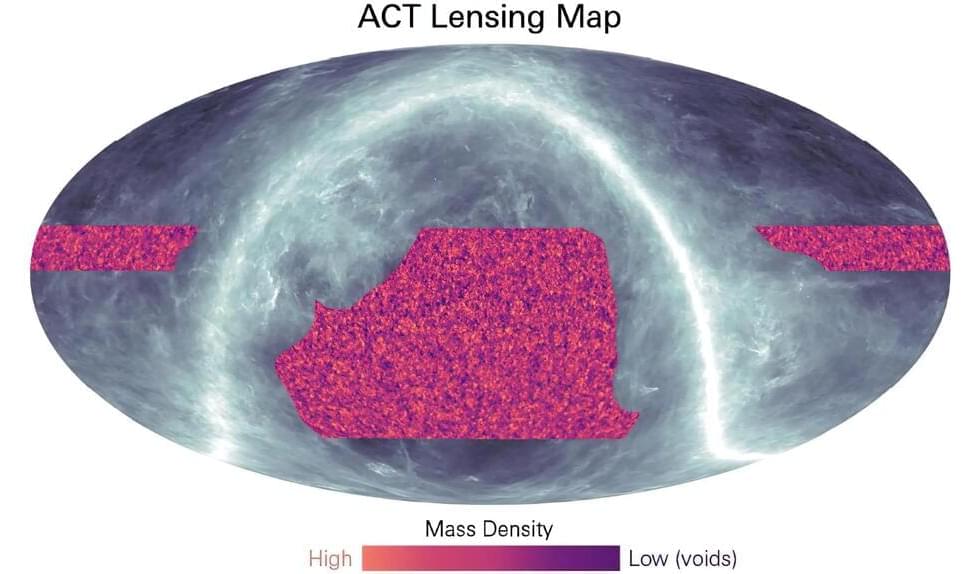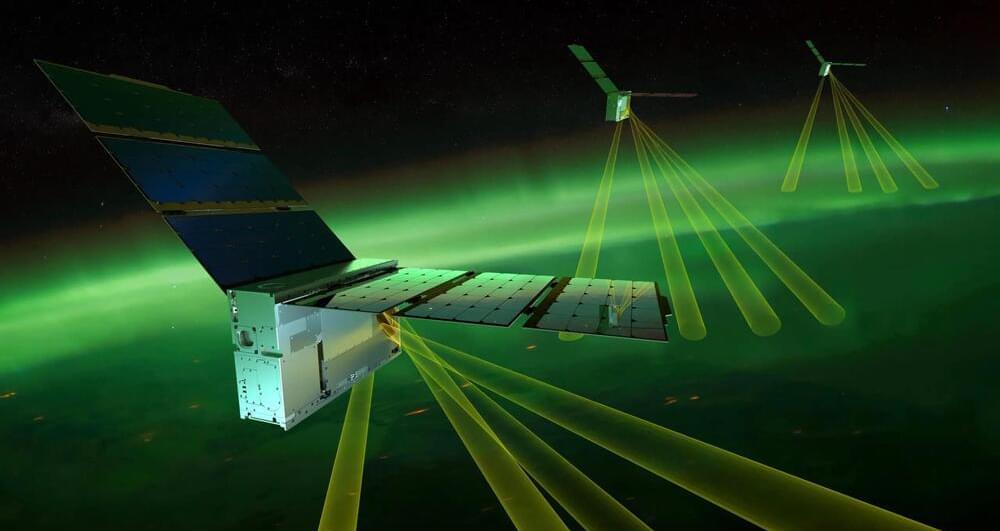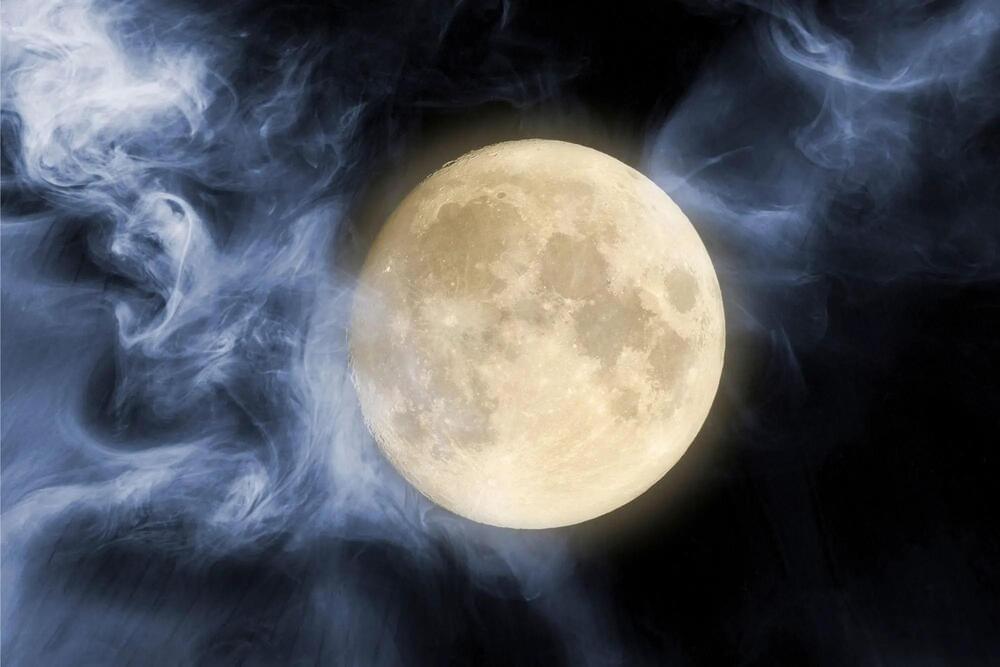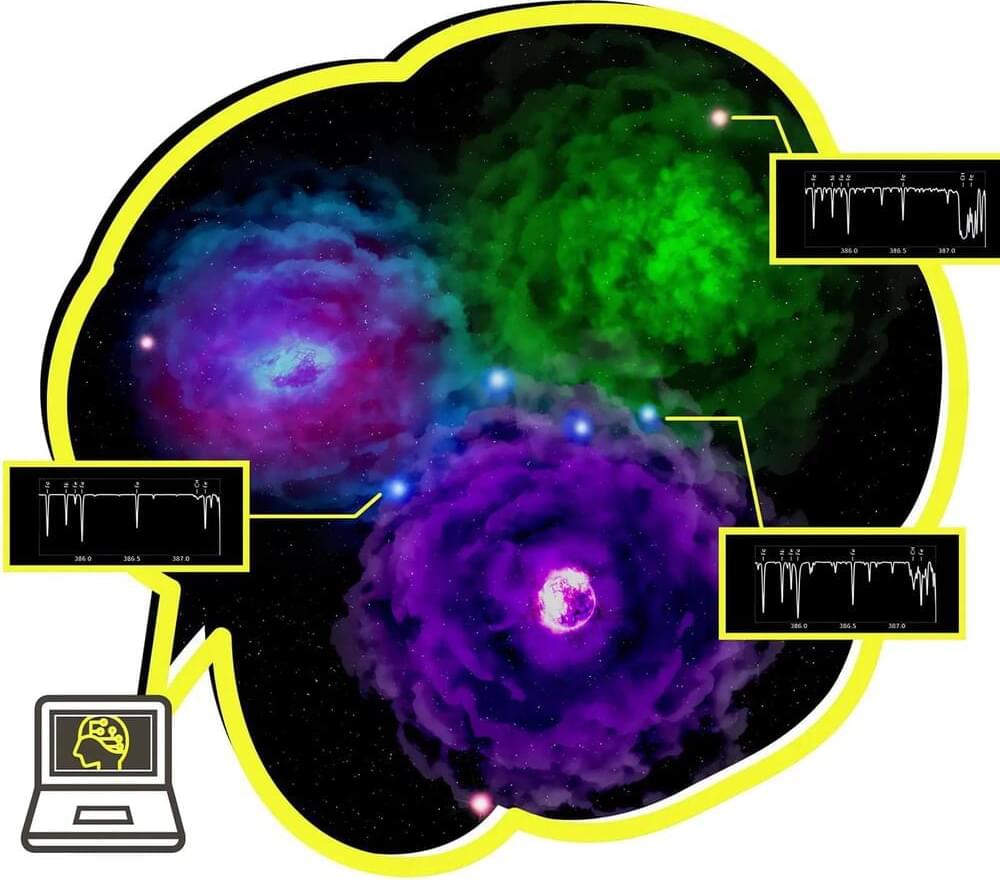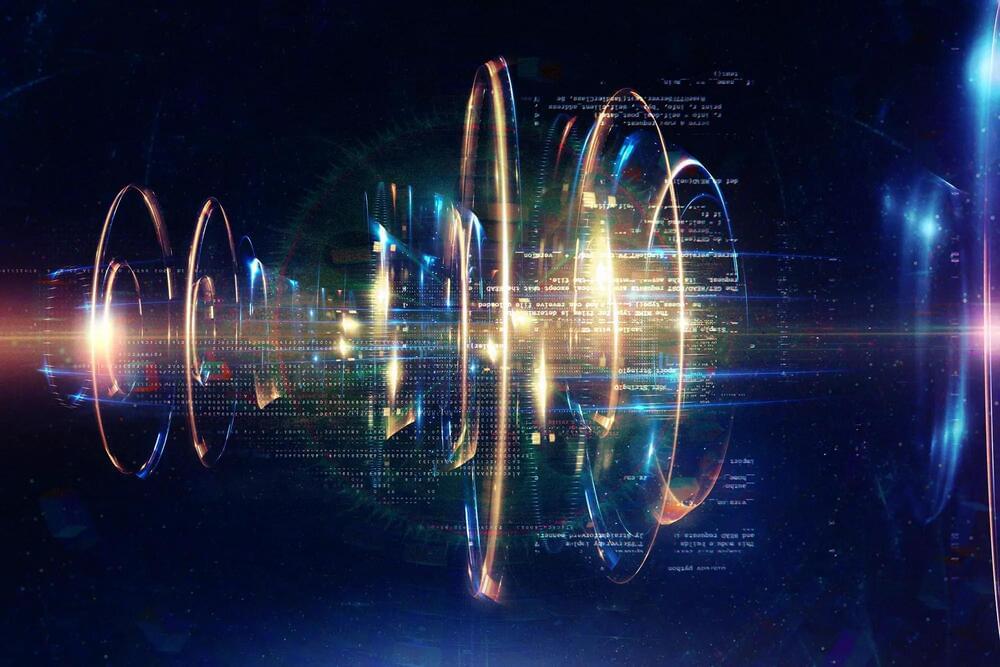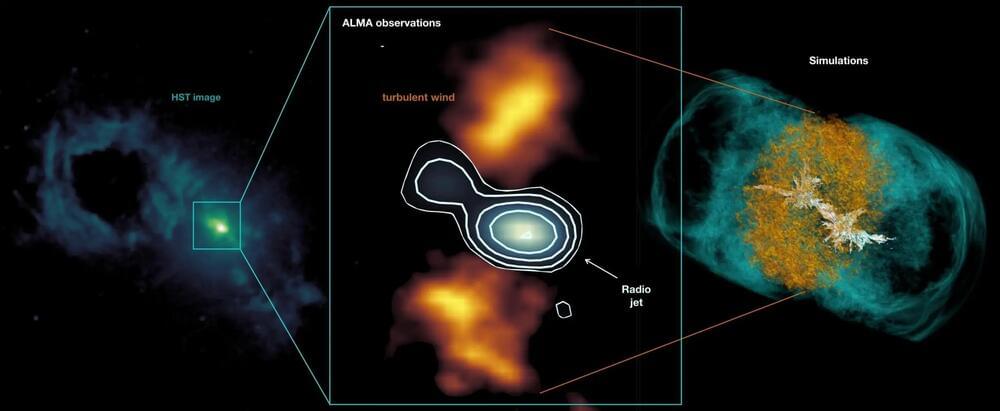Simultaneously detecting the gravitational-wave and neutrino signals emitted during the last second of a massive star’s life could show how such stars die.
A new electron-scattering experiment challenges our understanding of the first excited state of the helium nucleus.
A helium nucleus, also known as an particle, consists of two protons and two neutrons and is one of the most extensively studied atomic nuclei. Given the small number of constituents, the particle can be accurately described by first principles calculations. And yet, the excited states of the particle remain a bit of a mystery, as evidenced by a disagreement surrounding the excitation from the ground state 01+ to the first excited state 02+ [1]. Theoretical predictions for this transition do not match measurements, but the experimental uncertainties have been too large for implications to be drawn. Now, the A1 Collaboration at Mainz Microtron (MAMI) in Germany has remeasured this transition via inelastic electron scattering [2]. The new data significantly improves the precision compared to previous measurements and confirms the initial discrepancy.
Research by the Atacama Cosmology Telescope collaboration has culminated in a significant breakthrough in understanding the evolution of the universe.
For millennia, humans have been fascinated by the mysteries of the cosmos.
Unlike ancient philosophers imagining the universe’s origins, modern cosmologists use quantitative tools to gain insights into its evolution and structure. Modern cosmology dates back to the early 20th century, with the development of Albert Einstein’s theory of general relativity.
According to a study published in Scientific Reports.
Established in 2011, <em>Scientific Report</em>s is a peer-reviewed open-access scientific mega journal published by Nature Portfolio, covering all areas of the natural sciences. In September 2016, it became the largest journal in the world by number of articles, overtaking <em>PLOS ON</em>E.
Hidden stripes in a crystal could help scientists understand the mysterious behavior of electrons in certain quantum systems, including high-temperature superconductors, an unexpected discovery by RIKEN physicists suggests.
The electrons in most materials interact with each other very weakly. But physicists often observe interesting properties in materials in which electrons strongly interact with each other. In these materials, the electrons often collectively behave as particles, giving rise to ‘quasiparticles’.
“A crystal can be thought of like an alternative universe with different laws of physics that allow different fundamental particles to live there,” says Christopher Butler of the RIKEN Center for Emergent Matter Science.
NASA ’s EZIE mission has passed a critical review and remains on track for a launch next year. The mission aims to study auroral electrojets in Earth’s ionosphere, providing insights into the Sun-Earth connection and space weather impacts on Earth. The project will also distribute educational kits to inspire the next generation of scientists.
With an orbit that will take it from pole to pole, NASA’s Electrojet Zeeman Imaging Explorer (EZIE) mission will provide never-before-seen imaging of the electrical currents that link our planet and the surrounding space. But before it can do that, the EZIE team has to pass a series of reviews to demonstrate the mission is on track.
On March 23, the team successfully cleared one of those critical reviews, marking a major milestone for the project and keeping it on pace for a scheduled launch next year.
For centuries, it has been suspected that the full moon has a mysterious impact on human behavior. Now, recent research conducted by psychiatrists at the Indiana University School of Medicine has discovered that there is a correlation between the full moon and an increase in suicide deaths.
“We wanted to analyze the hypothesis that suicides are increased during the period around full moons and determine if high-risk patients should be followed more closely during those times,” said Alexander Niculescu, MD, Ph.D.
Niculescu and his colleagues analyzed data from the Marion County coroner’s office covering suicides that occurred from 2012 to 2016. The results showed a marked increase in suicide deaths during the week of the full moon, with a particularly pronounced rise among individuals over the age of 55. The team also observed that suicides were most likely to occur in the afternoon, between 3 and 4 p.m., and that the month of September was also a peak time.
Using artificial intelligence, an international team analyzed the chemical composition of extremely metal-poor stars, finding that the first stars in the Universe were likely born in groups rather than individually. This method will be applied to future observations to better understand the early Universe.
An international team has used artificial intelligence to analyze the chemical abundances of old stars and found indications that the very first stars in the Universe were born in groups rather than as isolated single stars. Now the team hopes to apply this method to new data from on-going and planned observation surveys to better understand the early days of the Universe.
After the Big Bang, the only elements in the Universe where hydrogen, helium, and lithium. Most of the other elements making up the world we see around us were produced by nuclear reactions in stars. Some elements are formed by nuclear fusion at the core of a star, and others form in the explosive supernova death of a star. Supernovae also play an important role in scattering the elements created by stars, so that they can be incorporated into the next generation of stars, planets, and possibly even living creatures.
Ludovico Lami of QuSoft and the University of Amsterdam and Mark M. Wilde of Cornell have achieved a major breakthrough in the field of quantum computing by developing a formula that predicts the impact of environmental noise. This formula is critical in the creation of quantum computers that can wo.
A study led by Anelise Audibert, a researcher at the Instituto de Astrofísica de Canarias (IAC), reveals a process that explains the peculiar morphology of the central region of the Teacup galaxy, a massive quasar located 1.3 billion light-years away from us. This object is characterized by the presence of expanding gas bubbles produced by winds emanating from its central supermassive black hole.
A black hole is a place in space where the gravitational field is so strong that not even light can escape it. Astronomers classify black holes into three categories by size: miniature, stellar, and supermassive black holes. Miniature black holes could have a mass smaller than our Sun and supermassive black holes could have a mass equivalent to billions of our Sun.
